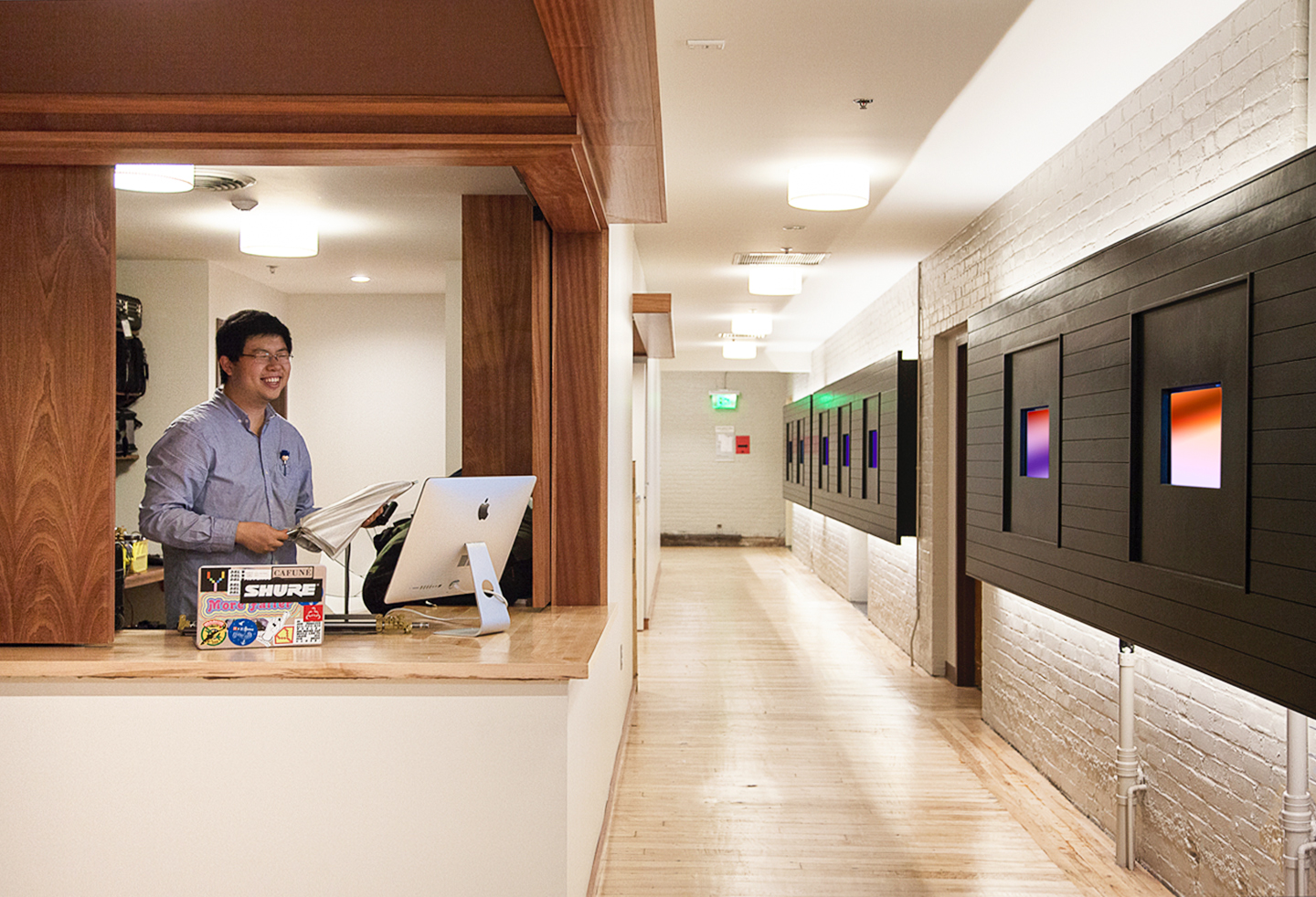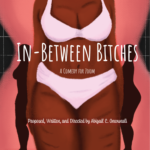
Courtesy Of Johannes DeYoung
Members of the Yale community gathered on Saturday to discuss emerging technologies that could be applied to theater during a pandemic that limits close-contact performances.
The event, hosted by the Yale Cabaret and the Yale Center for Collaborative Arts and Media (CCAM), featured three speakers who shared their visions for stage-storytelling in a digital age. They discussed proposals ranging from at-home prop design to LED costumes with motion sensors.
Yale School of Art professor Justin Berry explained how creators can use both virtual and augmented reality to create interactive stories. The two forms of reality are distinct and have their own purposes. Virtual reality, he said, exists primarily for entertainment. It puts the user in a sometimes uncomfortable state of seclusion. Augmented reality, unlike virtual reality, is not completely immersive. Instead, digital elements are “layered” atop a view of the real world.
“With virtual reality, you’re isolated, and you have a headset on which puts you in a world by yourself,” Berry said. “It’s fairly profound that you can lose agency relative to the world. One of the ramifications of that is: people who are not comfortable in their body sometimes don’t want to put on a headset that’s going to obscure their ability to see the world.”
On top of providing digital and socially distant options, Berry said virtual and augmented reality alter the social norms of human interaction.
“In augmented reality, you have two people wearing headsets, and they’re seeing different things in what they otherwise think is a shared world,” Berry said. “They create a new kind of power dynamic that, as a culture, we don’t really have a great vocabulary for working our way around.”
This social phenomenon is what Berry calls “the empathy engine.” Users seeing the world from a different point of view develop a greater understanding of new perspectives.
Overall, Berry said, virtual storytelling requires students and mentors to scrap storytelling conventions, and to rethink how time and narrative are related. When students ask Berry how to integrate recognizable storytelling elements into virtual stories, he asks: why include these elements at all?
“When you’re dealing with a medium that’s interactive, you’re not dealing with straight lines that go in one place, you’re dealing with clusters or nodes or networks of the activity that can feed back in on themselves,” Berry said. “The opportunity here is to reimagine what a story can be and how it can be told.”
Toni Dove, a New York-based interactive artist who CCAM director Dana Karwas introduced as “a pioneer,” also spoke at Saturday’s event. Dove’s work centers on “making human-operated machines that tell stories” and engages motion-sensing to create interactive user experiences.
Dove showed the attendees several of her projects, including the “Dress That Eats Souls.” The LED dress, which the New York Times dubbed “a towering robot of sorts,” responds to users’ movements, captures their image and displays it. It also speaks to and instructs the user. Pieces like the dress, she explained, are not only art but historical artifacts.
Dove has also staged immersive film experiences. She doesn’t enjoy the sense of isolation that comes with the classic virtual reality headsets, she said, and so gravitates toward massive screens that cover the walls, floors and ceilings of a space.
While Berry and Dove showed participants cutting-edge technologies and softwares, Jennifer McClure — a lecturer at the School of Drama and the Properties Supervisor at the Yale Repertory Theatre — came to her presentation with a cardboard box, some masking tape and a few plants.
McClure spent the day playing with her Zoom screen, figuring out how to create a computer screen-sized performance set. She put her laptop inside the box, taped up one of the flaps, and fixed her greenery to the box’s bottom edge.
McClure explained to the group that fidgeting with Zoom backgrounds, small cardboard props and print-out sets could allow for theater groups to perform from their bedrooms.
“This is literally my laundry bag,” McClure showed the crowd. “My meshy gauze laundry bag. If I use it, it could look like a curtain. These are super old, basic tricks to frame your space and frame your window.”
The CCAM’s programming will continue on Thursday with their Technology and Social Justice Series.








